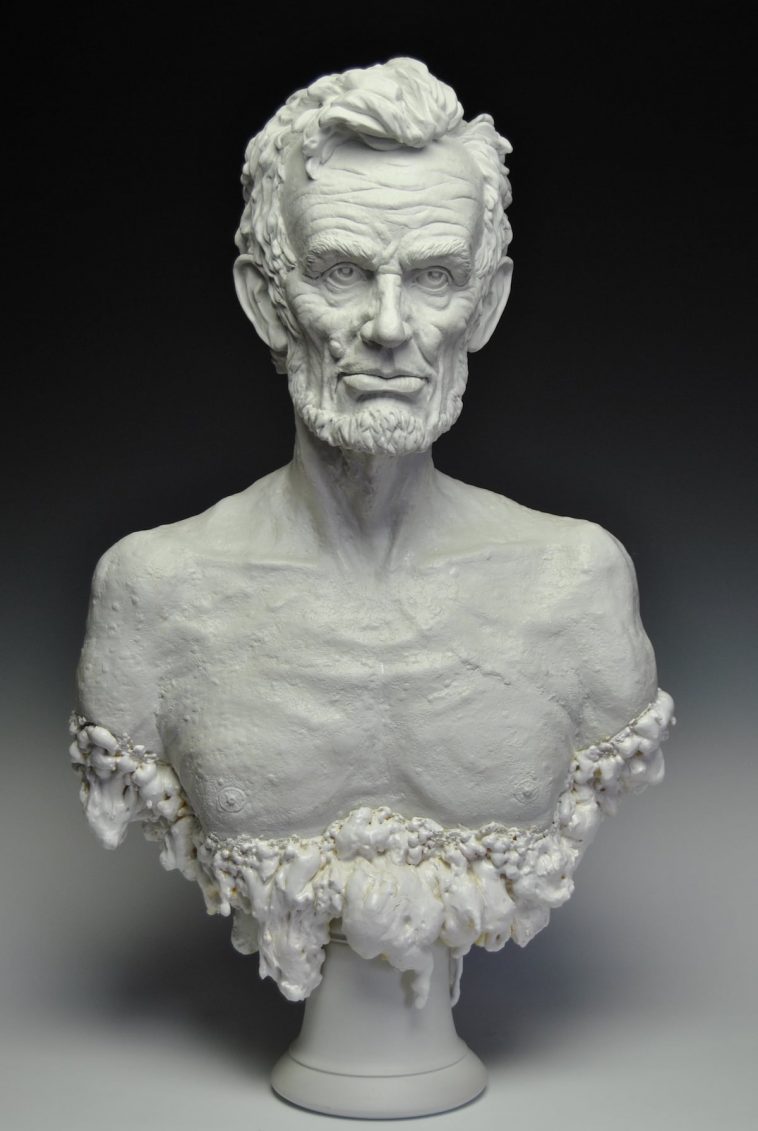The realm of sculpture belongs to the wider category of art that involves the manipulation of forms in a three-dimensional space. While it’s categorized under the umbrella of plastic arts, sculpture is unique in its tactile, spatial attributes. Historically, the techniques that sculptors used for crafting their pieces were predominantly carving and modeling. Carving is a subtractive method in which the artist removes material to shape an object, usually from a solid block of wood, stone, or other materials. Modeling, on the other hand, is an additive approach where the artist forms the sculpture by adding materials, such as clay or wax, to achieve the desired shape.
Over time, the field has witnessed substantial transformations, particularly since the modernist movement. This shift opened the doors for artists to experiment with a plethora of materials, thereby expanding the conventional definitions of what sculpture can be. The transition from relying solely on traditional carving and modeling to a more flexible approach reflects the broader changes within the art world, accommodating an ever-increasing range of materials and techniques.
Historical Background
The history of sculpture dates back to prehistoric times, with the earliest known works made from soft materials like clay and wood. As civilizations progressed, so did the complexity and materials used in sculptures. For example, the Greeks were famous for their marble statues, while the Renaissance period saw the prolific use of both marble and bronze. The kinds of materials employed are often indicative of the era’s technological advancements and available resources. It also gives us an idea of the culture and the values that were prominent during the time.
Techniques in Traditional Sculpture
Carving
- Materials Used: Wood, Stone, Marble, Ivory, and Bone.
- Tools Used: Chisels, Knives, Mallets, and Rasps.
- Famous Artists: Michelangelo, Donatello, and Phidias.
Modeling
- Materials Used: Clay, Wax, and Plaster.
- Tools Used: Hands, Spatulas, and Modeling Tools.
- Famous Artists: Auguste Rodin, Camille Claudel, and Edgar Degas.
Evolution Towards Modernism
The advent of modernism in the late 19th and early 20th centuries introduced a radical change in the world of sculpture. Artists began breaking away from traditional norms and experimenting with abstraction. This period saw the incorporation of unconventional materials like metal, plastic, and even found objects, allowing artists to push the boundaries of the medium.
Assemblage
- Materials Used: Found Objects, Fabric, Paper.
- Tools Used: Glue, Screws, Nails.
- Famous Artists: Robert Rauschenberg, Joseph Cornell.
Kinetic Sculpture
- Materials Used: Metal, Glass, Plastic.
- Tools Used: Motors, Wind.
- Famous Artists: Alexander Calder, Jean Tinguely.
Impact of Digitalization
In recent years, the digital revolution has also touched this ancient art form. Artists now use digital modeling software to create prototypes or even final products, employing 3D printing techniques to bring their designs to life. This integration of technology has opened up yet another avenue for creative expression in sculpture.
Conclusion
Sculpture has evolved from its earliest forms, limited by material and technique, to an expansive medium unrestricted by traditional constraints. Today, it is a dynamic form of art that encapsulates a variety of materials, methods, and even incorporates modern technology. This transformation not only mirrors the evolving artistic landscape but also reflects broader societal changes, from technological advancements to shifts in cultural values.
The adaptability and constant evolution of sculpture make it a fascinating subject to study and an essential component of the global art scene. It is a testimony to human creativity, with a rich past and an ever-expanding future.
By delving into the many aspects of sculpture—its history, techniques, materials, and its journey from traditional to modern forms—we gain a comprehensive understanding of this multifaceted realm of art. This serves as a testament to the enduring power and ever-evolving nature of sculpture in capturing the human imagination.





